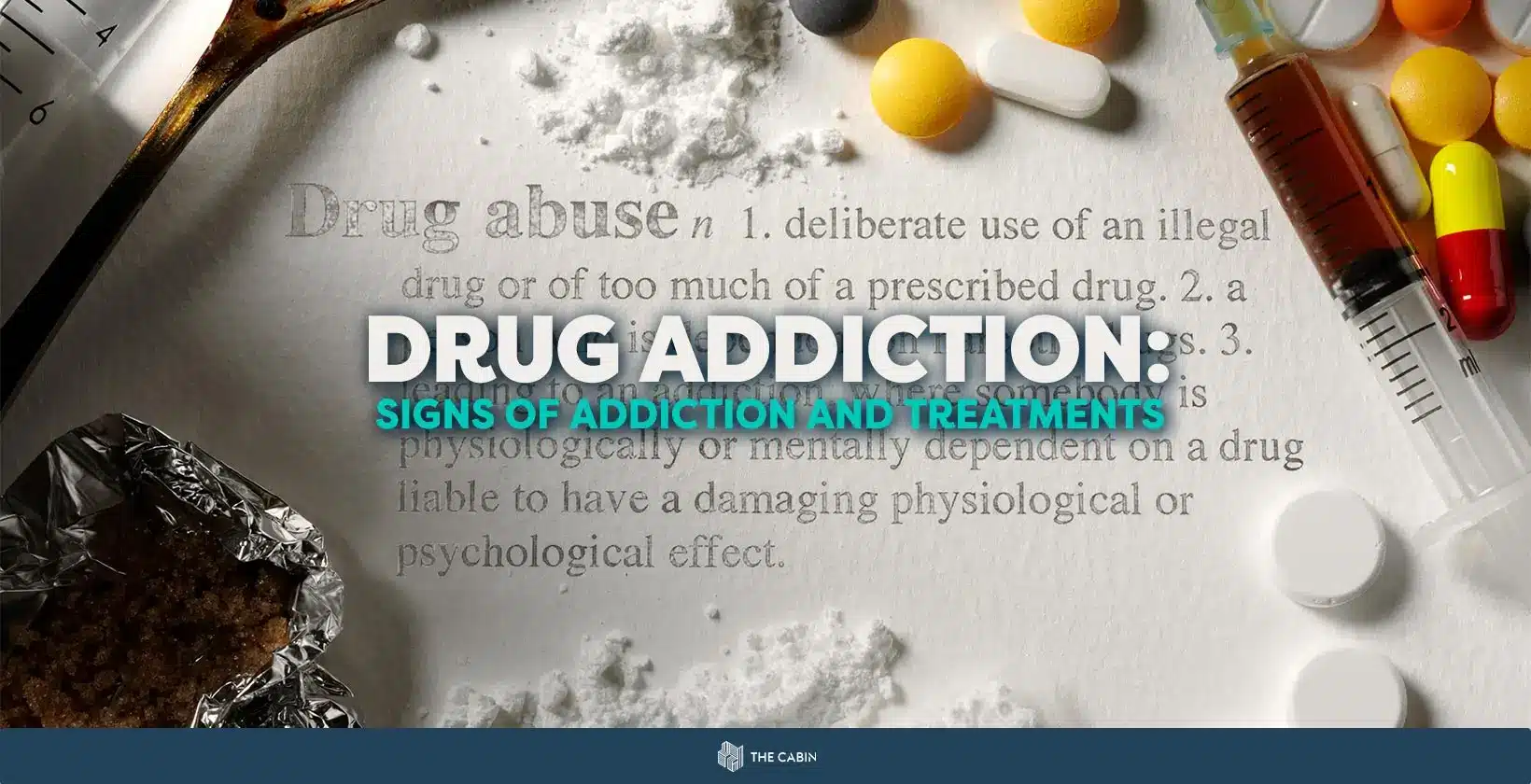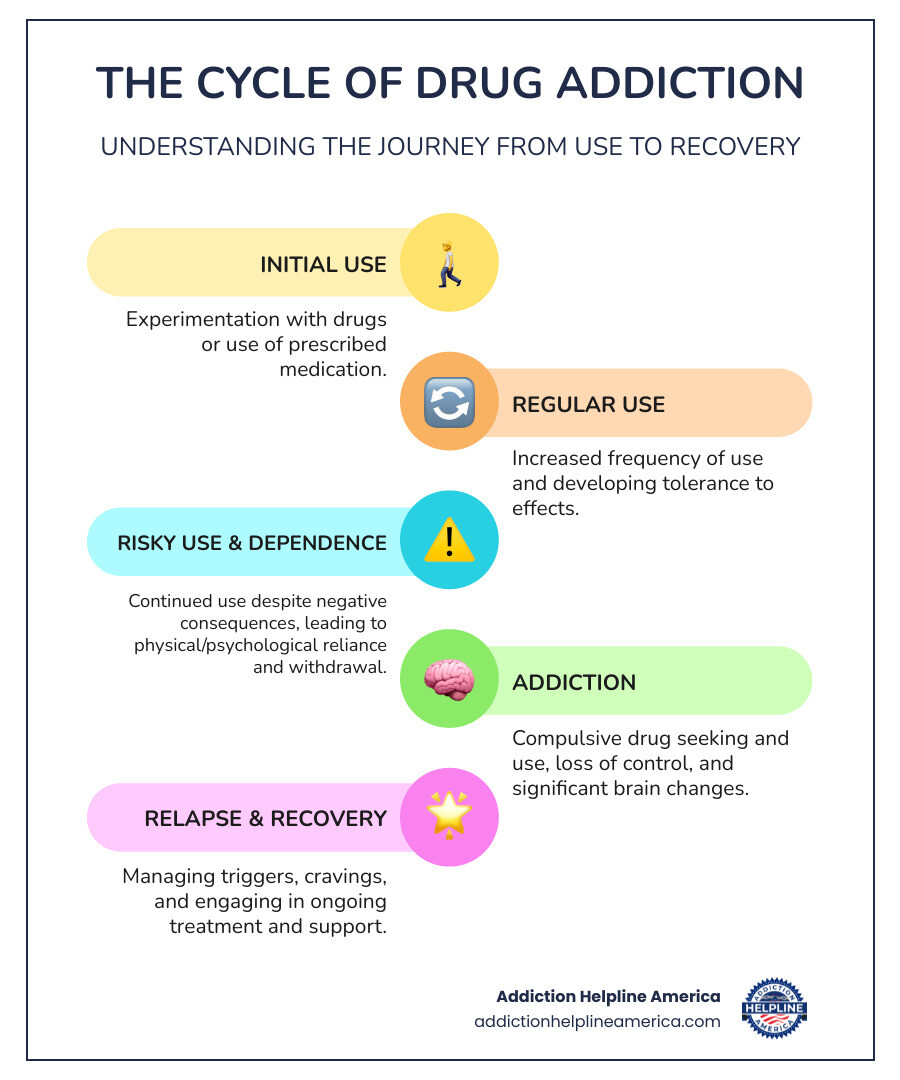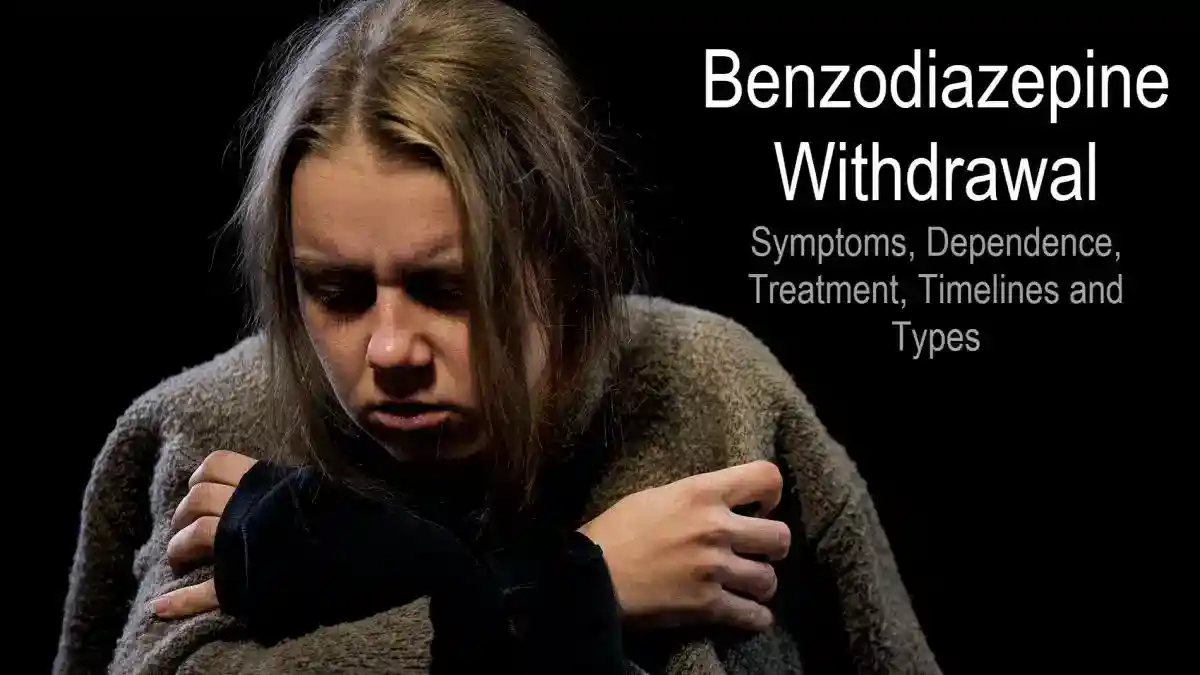
Understanding Drug Addiction: A Treatable Brain Disease
Drug addiction is a chronic brain disease that causes compulsive drug seeking and use, despite harmful consequences. The National Institute on Drug Abuse confirms addiction is not a moral failing but a medical condition that changes brain function.
Key Facts About Drug Addiction:
- It’s a disease: Repeated drug use alters brain circuits involved in reward, stress, and self-control.
- It’s chronic: It can last a lifetime and often involves cycles of relapse and recovery.
- It’s treatable: Evidence-based therapies and medications help people stop using drugs and rebuild their lives.
- It affects anyone: Genetics account for 40-60% of addiction risk, but factors like trauma and peer pressure also play crucial roles.
What starts as voluntary drug use can become compulsive as drugs flood the brain with dopamine, hijacking its reward system. Over time, the brain adapts, requiring more of the drug to feel normal and making it incredibly difficult to quit without help.
This guide explains how addiction develops, who is at risk, how to recognize warning signs, and what treatment options work. At Addiction Helpline America, our team provides confidential guidance 24/7 to help you or your loved one take the first step toward recovery.

Drug addiction vocabulary:
Understanding Drug Addiction: From Use to a Brain Disease
Addiction is not a moral failing or a lack of willpower; it’s a disease that physically changes the brain’s structure and function. Understanding this is the first step toward compassion and effective treatment.
What is Drug Addiction and How Does It Differ from Drug Use?
Drug addiction, or substance use disorder (SUD), is not the same as drug use or misuse. The critical difference is control.
- Drug use is taking a substance that alters your body or mind.
- Drug misuse is using a substance in a way not intended, like taking more than prescribed.
With use or misuse, a person can generally choose to stop. With drug addiction, that control is lost. The brain has been fundamentally changed, creating an overwhelming compulsion to seek and use drugs despite devastating consequences. Addiction is characterized by compulsive drug seeking, loss of control over use, and continued use despite harm.
Because it causes lasting brain changes, addiction is considered a chronic, relapsing disease that requires ongoing management, much like diabetes or heart disease. A relapse is not a failure but a sign that treatment may need to be adjusted. For more details, see NIDA’s resource: Understanding Drug Use and Addiction.
How Drugs Hijack the Brain’s Reward System
Your brain’s reward system uses a chemical called dopamine to reinforce healthy, life-sustaining behaviors like eating or socializing. Drugs exploit this system by flooding the brain’s reward circuit with massive amounts of dopamine, creating an intense euphoria that natural rewards cannot match. Your brain learns to prioritize repeating this experience.

With repeated use, the brain adapts to these dopamine floods. It may produce less dopamine or reduce dopamine receptors. This leads to two major problems:
- Tolerance: You need more of the drug to get the same effect.
- Anhedonia: Everyday pleasures no longer feel rewarding. The drug becomes necessary just to feel normal.
These brain adaptations also damage areas responsible for judgment, decision-making, and stress management. This impaired self-control is why people with drug addiction cannot simply “just stop.” The good news is that these brain changes can heal with time and proper treatment. If you’re ready to explore options, our guide can help: Detox Drug Treatment Guide Near Me.
Who is at Risk and How to Recognize the Signs
Drug addiction doesn’t discriminate, but a complex mix of biology and environment can make some people more vulnerable. Understanding these factors is key to prevention and early intervention.
Primary Risk Factors for Developing an Addiction
Multiple risk factors can increase the chance that drug use will evolve into addiction. The more factors present, the higher the vulnerability.
- Genetics: Family history accounts for 40-60% of addiction risk. Genes influence how your body and brain respond to drugs, but they are not destiny.
- Environment: A chaotic home life, abuse, neglect, poverty, or lack of parental supervision increases risk. These adverse childhood experiences (ACEs) can drive people to use substances to cope with stress.
- Social Circles: Peer pressure and social norms that encourage drug use significantly increase the likelihood of experimentation and continued use.
- Early Use: The adolescent brain is still developing, especially the prefrontal cortex responsible for impulse control. Using drugs during these years can rewire the brain, making addiction more likely.
- Mental Health Disorders: Co-occurring conditions like depression, anxiety, PTSD, or ADHD are major risk factors. Many people self-medicate with drugs, creating a dangerous cycle of dependence. Integrated treatment is crucial, as discussed in our Interventions for Depression guide.
- Method of Use: Smoking or injecting drugs delivers them to the brain almost instantly, creating an intense rush that is more addictive than slower methods like oral consumption.
- Trauma: Unhealed trauma from abuse, combat, or assault often leads people to use substances to numb emotional pain.
Signs and Symptoms of Drug Addiction in Yourself and Others
Recognizing drug addiction can be difficult, as the disease often convinces people they are still in control. Honesty is the first step, whether you are worried about yourself or a loved one.
Key Warning Signs:
-
Behavioral Changes:
- Sudden mood swings, irritability, or secrecy.
- Withdrawing from family, friends, and hobbies.
- Neglecting work, school, or home responsibilities.
- Unexplained financial problems, borrowing money, or stealing.
- Engaging in risky behaviors like driving under the influence.
-
Physical Changes:
- Significant changes in sleep patterns or appetite.
- Deterioration in personal hygiene and appearance.
- Bloodshot eyes, pupils that are larger or smaller than usual.
- Unexplained weight loss or gain.
- Frequent nosebleeds, shakes, or track marks (depending on the substance).
-
Psychological Changes:
- Intense cravings for the drug.
- Anxiety, paranoia, or depression.
- Problems with memory or concentration.
- Loss of control (using more than intended or being unable to quit).
- Denial, or insisting there is no problem despite clear evidence.
Spotting these signs is heartbreaking. Addiction is a disease, not a choice, and recovery is possible. If you don’t know what to do next, you are not alone. Our Emergency Substance Abuse Hotline provides immediate, confidential guidance 24/7.
The Path to Recovery: Prevention, Treatment, and Long-Term Consequences
While the journey through drug addiction is challenging, recovery is always possible. Understanding prevention, effective treatments, and potential consequences empowers individuals, families, and communities.
Can Drug Addiction Be Prevented?
Yes, drug addiction is largely preventable. Proactive strategies can build resilience and address the factors that lead to addiction.
- Education: Age-appropriate programs in schools and communities that teach the real risks of drug use are foundational.
- Family Involvement: Open communication, clear boundaries, and parents modeling healthy behaviors create a protective environment.
- Community and School Support: Mentorship programs, positive recreational activities, and school-based prevention that teaches coping skills are highly effective.
- Addressing Risk Factors: Proactively supporting mental health and addressing trauma through therapy builds resilience against substance use.
As the National Institute on Drug Abuse states, addiction is preventable when communities invest in these evidence-based strategies. Learn more at NIDA’s page on Drug Use and Addiction: Prevention.
Effective Treatments and Their Success Rates
Drug addiction is a treatable disease. Like other chronic conditions, it can be successfully managed with a personalized treatment plan.

- Detoxification: Medical detox is often the first step, safely managing physical withdrawal symptoms. It is the beginning of recovery, not a complete treatment.
- Behavioral Therapies: Therapies like Cognitive Behavioral Therapy (CBT) help individuals change destructive thought patterns and develop coping skills to prevent relapse.
- Medication-Assisted Treatment (MAT): Combined with counseling, medications like methadone or buprenorphine are highly effective for opioid and alcohol addiction, reducing cravings and withdrawal.
- Rehab Programs: Inpatient or residential rehab provides a structured, trigger-free environment for intensive therapy, while outpatient programs offer flexibility for those with work or family commitments.
- Support Groups: Peer support groups like Alcoholics Anonymous (AA) and Narcotics Anonymous (NA) offer community and accountability.
- Dual Diagnosis Treatment: This is essential for individuals with co-occurring mental health disorders, addressing both addiction and conditions like depression or anxiety simultaneously.
Recovery is a lifelong process, and relapse can be part of it. Relapse rates for addiction (40-60%) are similar to those for other chronic diseases like diabetes. Treatment is highly effective and cost-efficient, with every $1 invested saving up to $7 in crime-related costs. If you’re ready to explore options, our Find Rehab Centers: Complete Guide can help.
Potential Complications and Long-Term Consequences
Chronic drug addiction has severe, far-reaching consequences.
- Health Problems: Addiction can cause organ damage (liver, kidneys, heart), spread infectious diseases (HIV, Hepatitis), weaken the immune system, and lead to permanent brain changes. Overdose is a primary cause of death.
- Mental Health Decline: It worsens existing mental health issues and can trigger anxiety, depression, and psychosis, increasing suicide risk.
- Accidents and Injuries: Impaired judgment leads to a higher risk of falls, car crashes, and other injuries. Drugged Driving is a major public safety issue.
- Social and Legal Issues: Addiction destroys relationships, leads to child custody loss, and results in arrests and criminal records that create lifelong barriers to employment and housing.
- Financial and Professional Ruin: The cost of drugs, combined with poor job performance and unemployment, often leads to debt and homelessness.
Understanding these consequences highlights the urgency of seeking treatment. Addiction is a disease that requires professional help, not just willpower.
Navigating the Real World: Legal Status, Workplace Rights, and Common Myths
Understanding how drug addiction intersects with real-world issues like the law, your job, and common misinformation is crucial for navigating recovery.
Legal vs. Illegal: Does a Drug’s Status Affect Its Addictive Potential?
No. A drug’s legal status has almost nothing to do with how addictive or harmful it is. Many people wrongly assume legal substances are safe.
- Prescription opioids, while legal when prescribed, are among the most addictive substances available and have fueled a nationwide crisis.
- Alcohol, legal for adults, is the most common substance addiction in the U.S., demonstrating that legality does not equal safety.
- Nicotine, also legal, is one of the most powerfully addictive substances known.
Conversely, unpredictable synthetic drugs like K2 or “bath salts” are often designed to evade laws but are extremely dangerous due to their unknown chemical makeup. The bottom line: drug addiction doesn’t care about laws. Misusing any substance, legal or not, carries serious risks. For information on specific medications, see resources like Is Meloxicam Addictive? Complete Guide.
Understanding Your Rights: The ADA and Drug Addiction in the Workplace
The Americans with Disabilities Act (ADA) offers important protections for employees in recovery, but with specific conditions.
- Protection for Past Addiction: The ADA protects individuals who are in recovery and no longer using illegal drugs. Employers cannot discriminate against you based on a history of addiction.
- No Protection for Current Use: The law does not protect individuals who are currently using illegal drugs. Employers can act based on current use that affects job performance and safety.
- Reasonable Accommodations: For protected employees, employers may need to provide reasonable accommodations, such as flexible schedules for therapy or leave for inpatient treatment.
- Confidentiality: All medical information related to your addiction and treatment must be kept confidential.
Employers can still maintain a drug-free workplace, conduct drug testing, and hold all employees to the same performance standards. The ADA protects those in recovery, not active addiction. For more details, the EEOC’s Opioid Information for Employees is an excellent resource.
Debunking Common Myths About Drug Addiction
Misconceptions about drug addiction create stigma and prevent people from seeking help. It’s time to separate myth from fact.
-
Myth: Addiction is a moral failing or lack of willpower.
Fact: Science has proven drug addiction is a chronic brain disease. It rewires the brain circuits responsible for self-control, making it a medical condition, not a character flaw. -
Myth: People could stop if they really wanted to.
Fact: The “just stop” fallacy ignores the powerful brain changes, intense cravings, and painful withdrawal symptoms that make quitting alone nearly impossible. Wanting to stop is often not enough. -
Myth: People with addiction are “bad people.”
Fact: Addiction affects people from all walks of life. The disease may cause destructive behavior, but it does not define a person’s character. -
Myth: Only illegal drugs are addictive.
Fact: Legal substances like prescription opioids, alcohol, and nicotine cause millions of addictions. A drug’s legal status is irrelevant to its addictive potential. -
Myth: Treatment for addiction doesn’t work.
Fact: Treatment is highly effective, with success rates comparable to other chronic diseases. Relapse can be part of the process, but it is not failure. Recovery is absolutely possible. Test your knowledge with this Fact or Fiction? Take the Drug Quiz!.
Frequently Asked Questions about Drug Addiction
When facing drug addiction, questions can feel overwhelming. Here are straightforward answers to some of the most common ones.
What is the first step to getting help for addiction?
The first and hardest step is admitting there’s a problem and that you need help. Breaking through denial is a pivotal moment.
The next practical step is to reach out. You don’t have to do this alone. You can:
- Talk to your doctor: They can provide a professional, non-judgmental assessment and refer you to specialists.
- Call a confidential hotline: Our team at Addiction Helpline America is available 24/7 to offer free, personalized guidance and connect you with treatment options.
- Confide in a trusted friend or family member: Support from a loved one can be invaluable.
Reaching out is a sign of strength, not weakness. It’s the first concrete action toward recovery.
Can you force someone to go to rehab?
This is a painful and complicated issue. While some states have involuntary commitment laws (like the Marchman Act) that allow courts to mandate treatment if a person is a danger to themselves or others, this path has challenges.
Forcing someone into rehab can create resentment. Encouraging voluntary treatment generally leads to better outcomes because the person is more invested in their own recovery. A professionally guided intervention can be a powerful tool to help a loved one see the severity of their situation and choose to get help.
While involuntary commitment may be a last resort in life-threatening situations, readiness is a key factor in long-term success. Our team can help you explore intervention strategies and understand the legal options in your state.
How long does recovery from drug addiction take?
Recovery from drug addiction is a lifelong process, not a time-limited event. As a chronic disease, addiction requires ongoing management, similar to diabetes or heart disease.
Formal treatment duration varies based on individual needs. Research suggests a minimum of three months in treatment is needed for significant improvement, with longer periods often yielding better results. The journey doesn’t end when a program is completed.
Aftercare and ongoing support are critical for long-term success. This includes support groups, continued therapy, and maintaining healthy routines. Relapse can occur, but it’s not a failure—it’s a sign that the recovery plan needs adjustment. Recovery is about building a new, healthier life, one day at a time.
Conclusion

Seeking to understand drug addiction is a courageous first step. You’ve learned that it’s not a moral failing but a treatable brain disease that hijacks choice and affects people from all walks of life. We’ve covered how addiction develops, its risks, and the signs to watch for. Most importantly, we’ve seen that prevention is effective, treatment works, and recovery is possible.
Here’s the key takeaway: recovery is real, and it happens every day. Millions of people have successfully managed their addiction and rebuilt their lives. With evidence-based approaches like behavioral therapy, medication-assisted treatment, and peer support, you or your loved one can find a path forward.
At Addiction Helpline America, we bridge the gap between struggle and hope. We know how overwhelming drug addiction feels, which is why we offer free, confidential guidance 24/7. Our team connects individuals and families nationwide with compassionate, evidence-based treatment centers custom to their specific needs.
You don’t have to figure this out alone. Your job is to take one step: reach out and say, “I need help.” A new beginning is possible, and we’re here to help you find it.
Explore different types of treatment programs to find the support you need, and remember that hope is a decision to believe in a better tomorrow.
Our helpline is 100%
free & confidential
If you or someone you care about is struggling with drug or alcohol addiction, we can help you explore your recovery options. Don’t face this challenge alone—seek support from us.
Programs
Resources
Will my insurance
cover addiction
treatment?
We're ready to help
Find the best
drug or alcohol treatment
center
Are you or a loved one struggling with addiction? Call today to speak to a treatment expert.












